Can we prevent World War III? History of diplomacy and deterrence
To prevent World War III, Washington and Moscow maintain a communications hotline along with other measures in hopes of avoiding misunderstandings

To prevent the outbreak of World War III, which could involve the use of nuclear weapons, the world's superpowers have developed a system of diplomacy and deterrence. Despite this, since 1945 several crises have brought the U.S. and the Soviet Union (now the Russian Federation) close to a third devastating conflict.
In the autumn of 1962 the Cuban Missile Crisis brought the governments of the United States and the Soviet Union close to the point of a nuclear conflict. Since then both the U.S. and the U.S.S.R., then Russia, have maintained direct, continual communication channels in order to avoid an accidental launch of nuclear weapons and triggering the global catastrophe of World War III, according to the Nuclear Threat Initiative.
The threat of World War III
World War II ended soon after nuclear bombs were dropped on Hiroshima brought about the first possibility of nuclear annihilation in human history. The proliferation of nuclear weapons then gave rise to the potential for an exchange of atomic bombs and later intercontinental ballistic missiles (ICBM), according to the U.S. National Park Service capable of wreaking destruction on a massive scale.
The use of the atomic bombs against the Japanese cities of Hiroshima and Nagasaki that ended World War II in the Pacific in 1945 demonstrated the awesome destructive capability of such weapons.
However, the development of nuclear weapons was not to remain exclusively with the United States. The Soviet Union conducted its first nuclear test on August 29, 1949, according to the Comprehensive Nuclear Test Ban Treaty Organization (CTBTO), a non–profit set up by the U.N. to monitor and enforce the 1996 treaty banning nuclear testing.
It wasn't long before the Soviets deployed their own arsenal of nuclear weapons, creating the possibility of a global conflict with the use of potentially devastating consequences for the world.
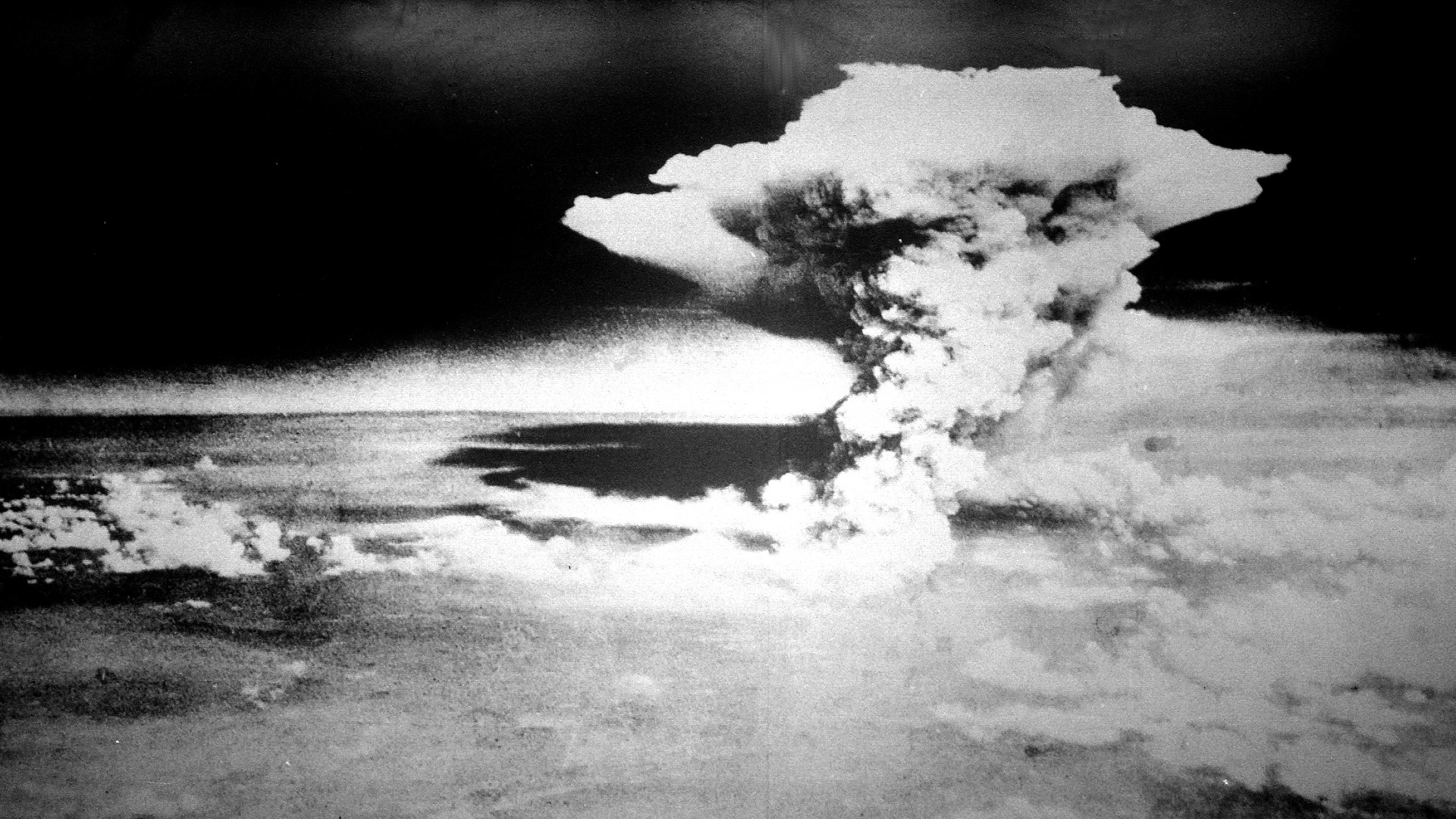
Safeguards against World War III
The U.S. and Soviet Union came to the brink of nuclear war during the Cuban Missile Crisis, in 1962, according to the Office of the Historian. One of the big challenges facing the leaders of both nations was the slow and unreliable channels of communication between the two leaders, President John F. Kennedy and Chairman Nikita Khrushchev, according to a paper in the Journal of Global Security Studies.
The potentially devastating outcome of this crisis caused the two nations to create and maintain safeguards to prevent miscommunication and the unintentional or inadvertent outbreak of World War III.
One of these safeguards is a communications hotline between the two nations' capitals, which was instituted in August 1963. This hotline was intended to provide "direct communication between the White House and the Kremlin," Roger Hermiston, author of "Two Minutes to Midnight: 1953 – The Year of Living Dangerously" (Biteback Publishing, 2021) told Live Science in an email.
Over the years additional safeguards were put in place, including the 1971 Agreement on Measures to reduce the Risk of Outbreak of Nuclear War and the 1972 Agreement on the Prevention of Incidents at Sea.
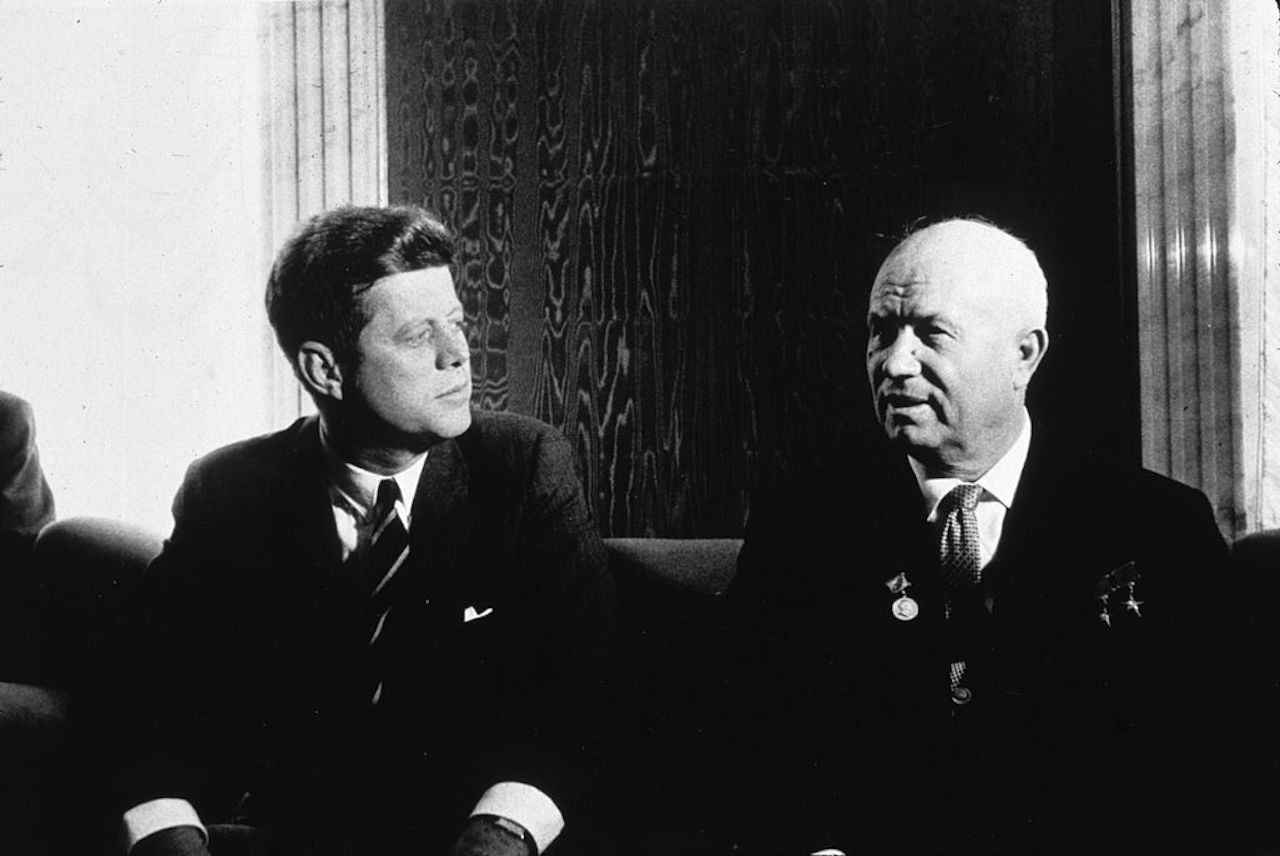
The Moscow–Washington hotline
As early as 1954, the Soviet government suggested the implementation of safeguards against an accidental nuclear exchange, and nearly a decade later, on June 20, 1963, the Soviet and U.S. governments signed the Memorandum of Understanding Between the United States of America and the Union of Soviet Socialist Republics Regarding the Establishment of a Direct Communications Link, according to the U.S. Department of State.
The first hotline between Moscow and Washington D.C. utilized teletype equipment that was manufactured both in the U.S. and the Soviet Union and then exchanged. The circuitry routed from Washington, D.C., through London, Copenhagen, Stockholm, Helsinki, and on to Moscow, while a backup radio line linked the destination points through Tangier, in northwestern Morocco.
In the 1980s, the hotline was upgraded with fax equipment, and a secure computer email link was implemented in 2008.
According to Hermiston, the hotline is a complement to a number of "broad safeguards including reducing the amount of nuclear weapons in circulation, and developing treaties like the Intermediate–Range Nuclear Forces (I.N.F.) Treaty in 1987, the Strategic Arms Reduction Treaty (S.T.A.R.T.) in 1991 and the Strategic Offensive Reduction Treaty (S.O.R.T.) in 2002.
"Interestingly, on Jan. 3, 2022, the five big nuclear powers — U.S., China, Russia, France and the U.K. — signed a joint statement committing themselves to Preventing Nuclear War and Avoiding Arms Races," Hermiston wrote.
1953: The pivotal year
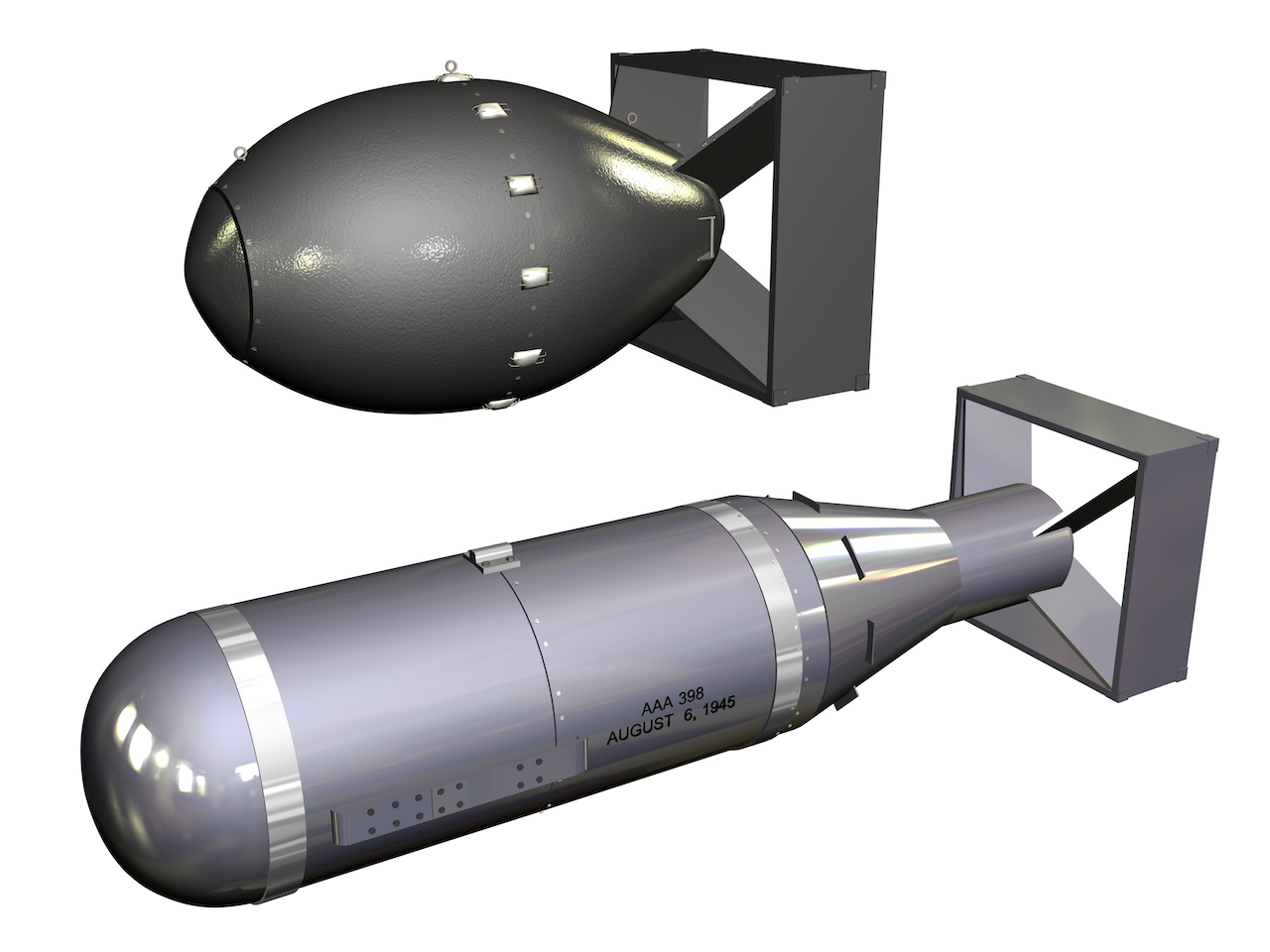
According to Hermiston, a nuclear arms race between the world's superpowers began in 1953, and prompted safeguards to be put in place. By the early 1950s, the development of nuclear weapons with far greater destructive capacity than the first bombs were in various stages of research and deployment, particularly the hydrogen bomb.
"1953 was the year in which the world moved a dangerous step forward from the atomic bomb to the new terrifying super bomb — a thermonuclear explosive based on hydrogen fusion, up to a thousand times more destructive than the bombs that destroyed Hiroshima and Nagasaki," Hermiston wrote.
"The Americans had produced their prototype H–Bomb — codenamed Ivy Mike — in November 1952. Next the Russians successfully tested their own, codenamed Joe–4, in August 1953. As a result, the Doomsday Clock, that measurement of how close the world is to Armageddon, was moved to two minutes to midnight, the closest it had been in seven years of Cold War."
The augmentation of the U.S. and Soviet nuclear stockpiles magnified the importance of direct communication between the superpowers, according to Hermiston. "As the Soviets grew their stockpile under [Premier Leonid] Brezhnev. parity between the two great powers came in the mid–70s. The phrase "Mutually Assured Destruction" (M.A.D.) was first coined and declared by U.S. Secretary of State Robert McNamara in the early 1960s."
Simply put, MAD asserted that a nuclear strike by one power would invoke a retaliatory strike by the other, leading to the devastation of both, and in turn, a global nuclear holocaust.
"By 1962, the year of the Cuban Missile Crisis, U.S. possessed 25,540 nukes, the Soviets had 3,356 and the U.K. had 211," Hermiston wrote.
According to Hermiston, the nuclear weapons stockpiles among the world powers by the end of 1953 were as follows:
- U.S.A.: 1,169
- Soviet Union: 120
- U.K.: 1
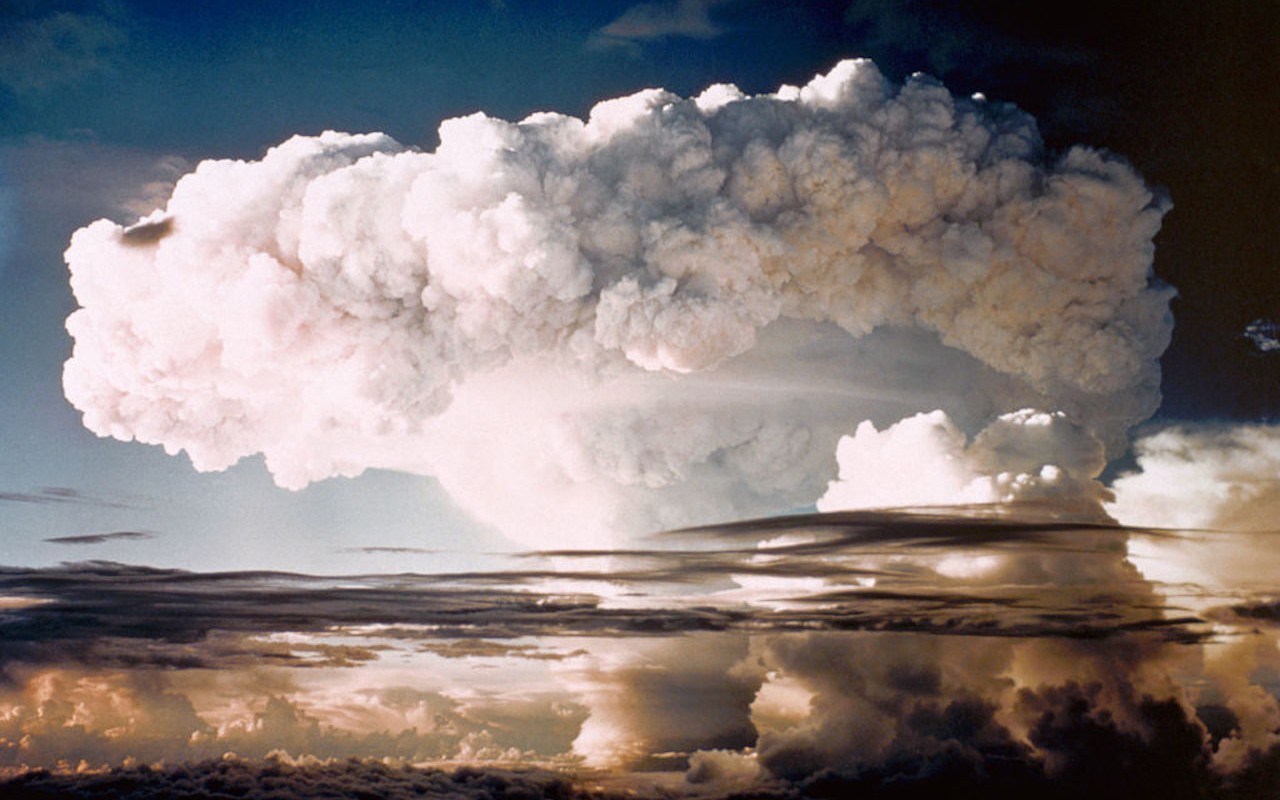
Brushes with fate
Since its inception, the Moscow–Washington hotline has been utilized on several occasions, providing that vital link between the Kremlin, the White House and the Pentagon.
The hotline, sometimes referred to as "MOLINK" according to the New York Times archive, was reportedly activated during the Six Day War of 1967, the Indo–Pakistani War of 1971, the Yom Kippur War of 1973, the Turkish invasion of Cyprus in 1974, the Soviet invasion of Afghanistan in 1979, recent Russian military intervention in Syria, and perhaps on other occasions.
Recent reports indicate that the military establishments of the United States and Russia have opened a direct, tactical hotline to mitigate the possibility of an accidental military encounter during the current Russian operations in Ukraine, according to the U.S. Department of State. A senior U.S. official told NBC News in early March 2022, "The Department of Defense recently established a de–confliction line with the Russian Ministry of Defense on March 1 for the purposes of preventing miscalculation, military incidents, and escalation."
Such a safeguard is warranted given the proximity of Russian forces operating in Ukraine to the frontiers of Poland, Romania, Hungary and other NATO countries.
Hermiston sees the currently unstable situation through the lens of history. "In 1953, the most worrying moments came after the death of [Soviet Premier Josef] Stalin, with the Korean War still raging," he assessed.
"There was optimism that we might enter a new era of 'détente' with the Soviets, but the problem was no one really knew what his successors in the Kremlin were thinking. Two weeks after Stalin's funeral, the shooting down of a British Lincoln bomber by a Soviet MiG fighter – killing all six crew – was a dangerous flashpoint.
Today, MAD is entrenched and acknowledged, so Putin's disturbing rhetoric will remain just that — rhetoric. By attacking the West with nuclear weapons, he would invite the destruction of his own country."
Can World War III be prevented? Reason and logic, perhaps, will prevail, while existing safeguards may be expected to serve their purpose.
Additional resources
To learn more about how close we are to World War III, listen to this discussion from Boston University. Additionally, to explore the history of nuclear weapons, visit the website of the International Campaign to Abolish Nuclear Weapons.
Bibliography
- "The Biden–Putin Summit: What is “Strategic Stability” and Why Is It Important to U.S.–Russia Relations?". The Nuclear Threat Initiative (2021).
- "Series: Intercontinental Ballistic Missiles". The National Park Service.
- "29 August 1949 – First Soviet nuclear test". Comprehensive Nuclear Test Ban Treaty Organization
- "The Cuban Missile Crisis, October 1962". The Office of the Historian.
- "Trusting Through the Moscow–Washington Hotline: A Role Theoretical Explanation of the Hotline's Contribution to Crisis Stability". Journal of Global Security Studies (2020).
- "Two Minutes to Midnight: 1953 – The Year of Living Dangerously" (Biteback Publishing, 2021).
- "1971 Agreement on Measures to reduce the Risk of Outbreak of Nuclear War". U.S. Department of State.
- "1972 Agreement on the Prevention of Incidents at Sea". U.S. Department of State.
- "Memorandum of Understanding Between The United States of America and The Union of Soviet Socialist Republics Regarding the Establishment of a Direct Communications Link". U.S. Department of State.
- "One crisis alone justified the hot line". The New York Times (1973).
Sign up for the Live Science daily newsletter now
Get the world’s most fascinating discoveries delivered straight to your inbox.
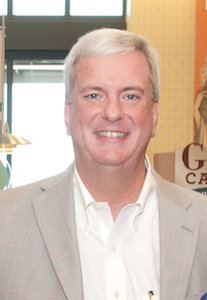
Michael E. Haskew, who has been studying military history for more than 25 years, is the Editor of WWII History magazine and The World War II Desk Reference with the Eisenhower Center for American Studies. He is also the author of several books, including the "West Point 1915: Eisenhower, Bradley, and the Class the Stars Fell On," "Appomattox: The Last Days of Robert E. Lee's Army of Northern Virginias," and "Tank: 100 Years of the World's Most Important Armored Military Vehicle."










